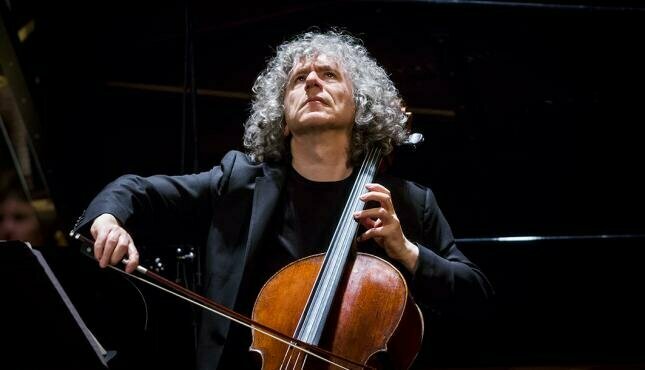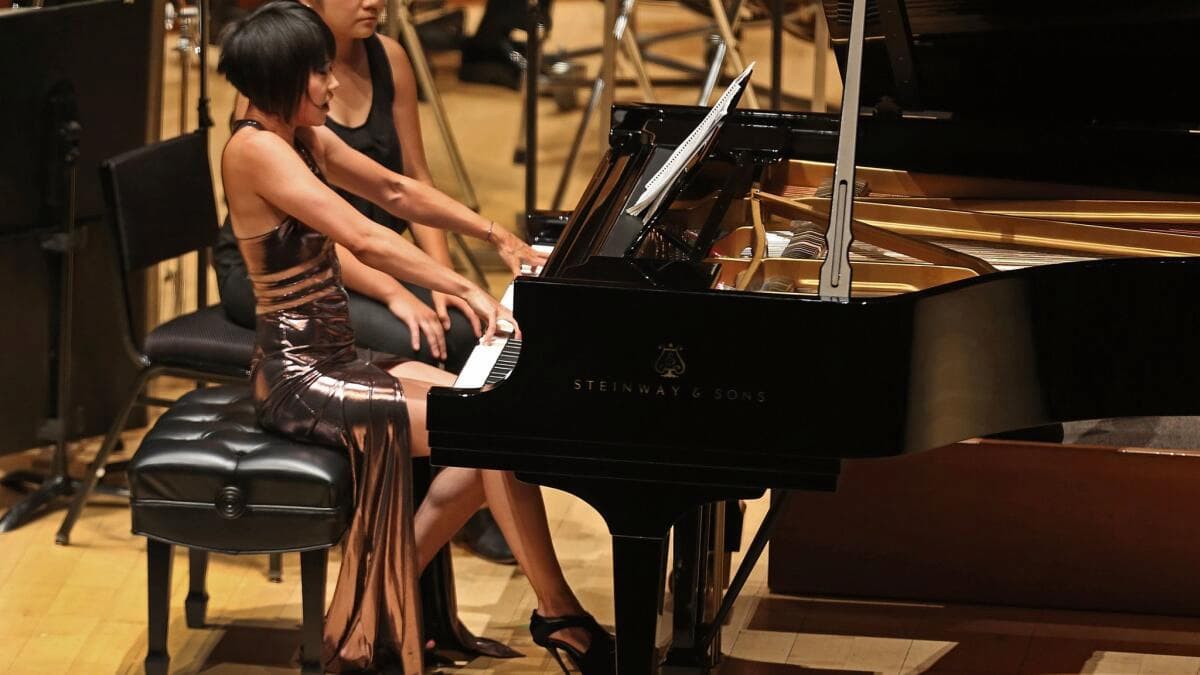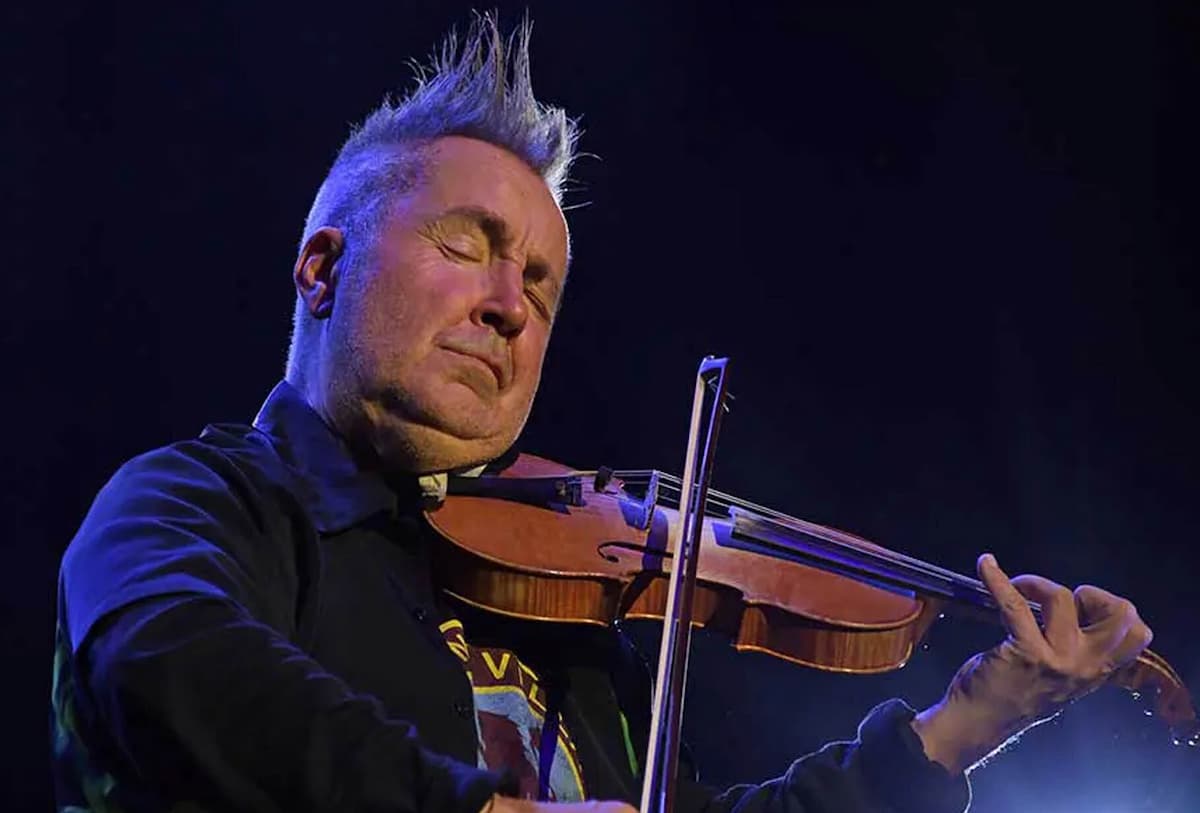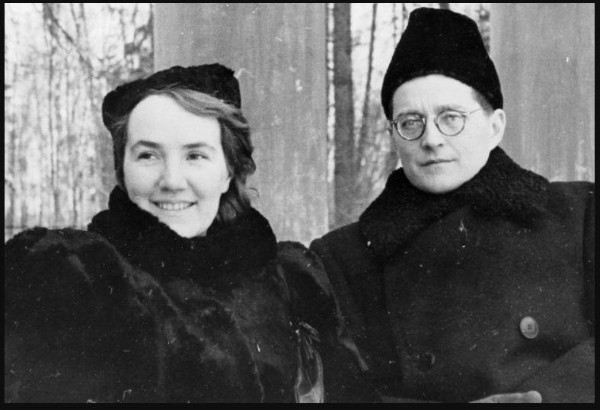“…part of an actor’s task is to make the audience forget that they know the plot of a drama and surprise them with each event. The same applies in music: we have to play each piece as if it were fresh from the page, each harmonic twist new and unexpected.” – Steven Isserlis, cellist, on Twitter/X

Steven Isserlis
Performance is an act, whether it is theatrical, musical, or spoken word. In a musical performance, musicians are not merely tasked with reproducing notes on a page; they must transcend the boundaries of the score and inhabit the role of both musician and actor. The fusion of musicality and theatricality is a delicate art that transforms a mere recital into a captivating and memorable experience for the audience.
The score serves as the script for the musician’s performance. Just as an actor studies and internalizes their lines to deliver a convincing portrayal, a musician must delve into the intricacies of the score. Understanding the composer’s intent, deciphering dynamic nuances, and grasping the emotional landscape of the piece are essential steps in the preparatory process. However, the musician’s role transcends the technical execution; they must embody the essence of the music, infusing it with life and emotion while also bringing their own personal interpretation of the music to make a performance authentic and distinctive.

Yuja Wang
Just as actors interpret a character, so musicians must breathe life into the musical notes on the page, translating them into a language of emotion and expression. Every phrase becomes a dialogue, and each note a carefully chosen word. A successful musical performance requires a deep emotional connection to the music, enabling the musician to convey the intended mood and message to the audience. This emotional resonance is what distinguishes a compelling performance from a mechanical rendition.
Sergei Rachmaninoff: Cello Sonata in G Minor, Op. 19 – III. Andante (Gautier Capuçon, cello; Yuja Wang, piano)
To keep a musical performance engaging, the musician must approach each piece as if it were fresh from the page. This demands a sense of spontaneity and an ability to surprise the audience, creating an experience that transcends mere repetition. For the musician who plays the same programme multiple times, as many do when touring with a specific programme or set of pieces, retaining that spontaneity and freshness concert after concert may feel like a chore. Yet, for many musicians, their joy in sharing the music with others, their love for it, and the special shared atmosphere created in the concert venue between audience and musician all help to bring the music to life, time and time again.

Nigel Kennedy
A musical performance extends beyond the realm of sound; it encompasses a visual dimension as well, and the way musicians physically engage with their instruments and the audience contributes significantly to the overall impact of the performance. Body language and facial expressions can also help to “tell the story of the music” and inform the narrative. A musician who exudes passion and commitment on stage invites the audience into a more immersive and intimate musical experience. But they also need to be mindful that too many physical gestures can obscure the music, creating an unnecessary distraction for the audience.
Víkingur Ólafsson – Bach: Concerto in D Minor, BWV 974 – 2. Adagio
And so, in the art of musical performance, the musician is both a technician and an artist, a player of notes and an actor on a stage. This fusion of music and acting elevates performances from the ordinary to the extraordinary, creating a profound connection between the musician, the music, and the listeners. It is through this synthesis of technical skill and emotional expression that musicians can truly make their performances memorable and transformative experiences for their listeners.
For more of the best in classical music, sign up for our E-Newsletter
Vittorio Monti: Czardas (arr. N. Kennedy) (Nigel Kennedy, violin; Kroke)


